
A common urban intersection in the Netherlands Urban design graphics
There's been a lot of talk on Facebook and Twitter about a new protected intersection currently being installed on Albert Street in East Melbourne. The protected intersection was funded through the $100m TAC Safer Cycling and Pedestrian fund, promised by the Andrews government before the 2014 election. Many of the projects on the list have.

Dutch Style Intersections at Dynes Road Hans on the Bike Cycling in
The new East Melbourne intersection is part of a $3.25 million state government package of cycling upgrades, which also includes protected bicycle lanes at the nearby intersection of Albert and Gisborne streets. Most of this article was first published in the Melbourne Age.

Separated Bike Lanes How a Dutch Intersection Works
The Dutch junction system works by numbering and signing all the intersections in an area then providing maps at the key crossroads so people just have to remember numbers for their route rather than a multitude of road names. This works well in areas without too many intersections.

Netherlands Rotterdam Kop Van Zuid Intersection With Traffic Lights
The so-called Dutch junction offers protection to cyclists at intersections, regardless of whether they're turning left, turning right, or continuing straight. The key to its design are the four islands near each corner of the intersection. They prevent cars from entering the pathway of cyclists turning right.
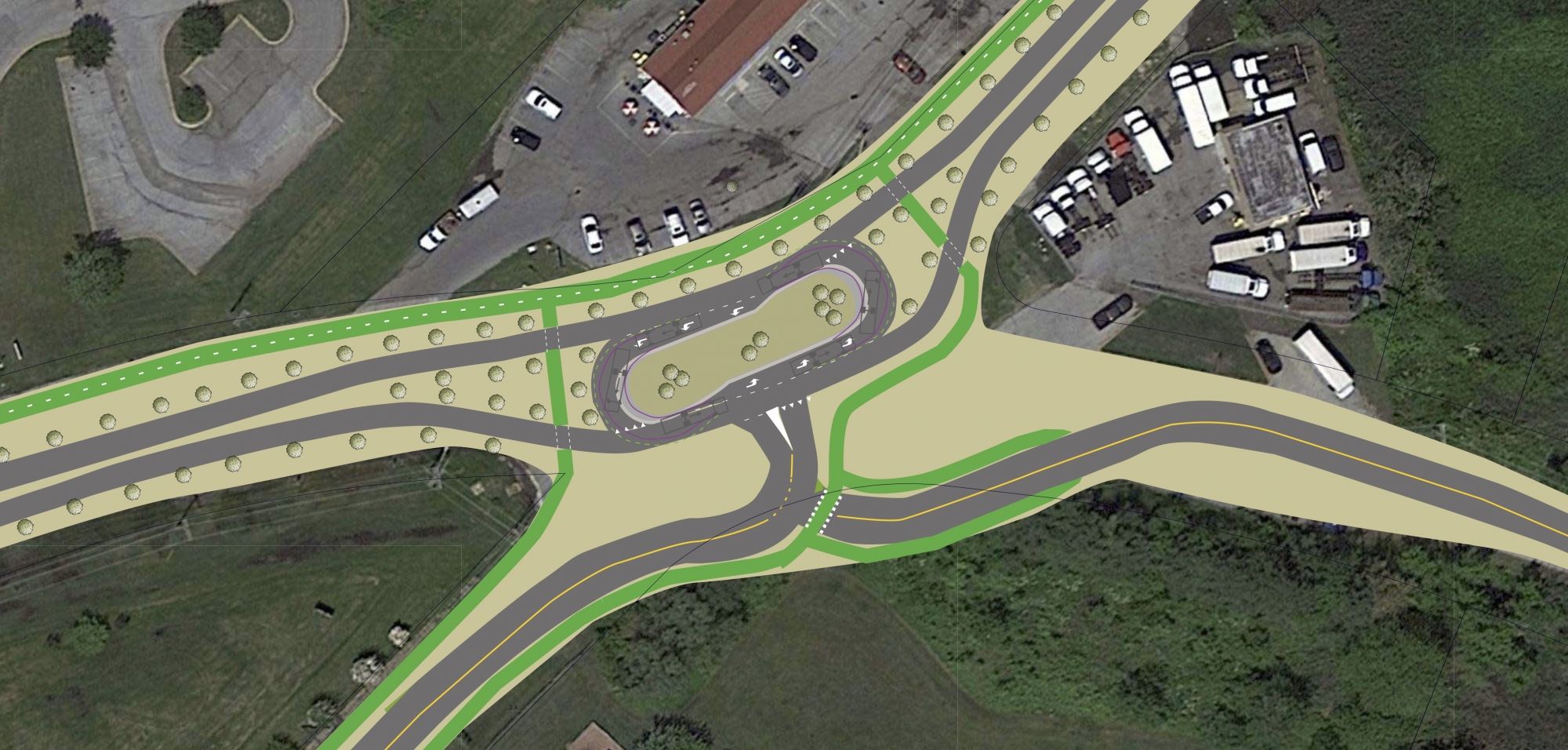
Presenting Dutch style intersections in Delaware Dickvanveen Street
Junction design the Dutch - cycle friendly - way Mark Wagenbuur's 2011 video on dutch junction design presents a great summary of dutch practices at intersections. His excellent Bicycle Dutch blog is a fantastic resource across a wide spectrum of policies and practices that makes bicycling in the Netherlands so successful.

Video Toronto’s First DutchStyle Protected Intersection Beyond the
Toronto takes on the Dutch-style intersection Protected intersections that separate bike riders from motor vehicles and improve visibility hold good promise in the realm of road safety, and the City of Toronto is preparing to dip its toes in these waters with a new project in the downtown area.

Making the Dutch intersection with separated bike lanes video
The solution is a Protected Intersection design, also known as the Dutch Intersection because of its use and origination in the Netherlands. How a Dutch Intersection Accommodates Separated Users

Roundabout intersection with bike path in the Netherlands The stats
"The Dutch Intersection" published on 19 Jun 2008 by Brill. CONTENTS Bernard D. Cooperman Amsterdam from an International Perspective: Tolerance and Kehillah in the Portuguese Diaspora Adam Sutcliffe The Boundaries of Community: Urban Space and Intercultural Interaction in Early Modern, Sephardi Amsterdam, and London Yosef Kaplan Amsterdam, the Forbidden Lands, and the Dynamics of the Sephardi.
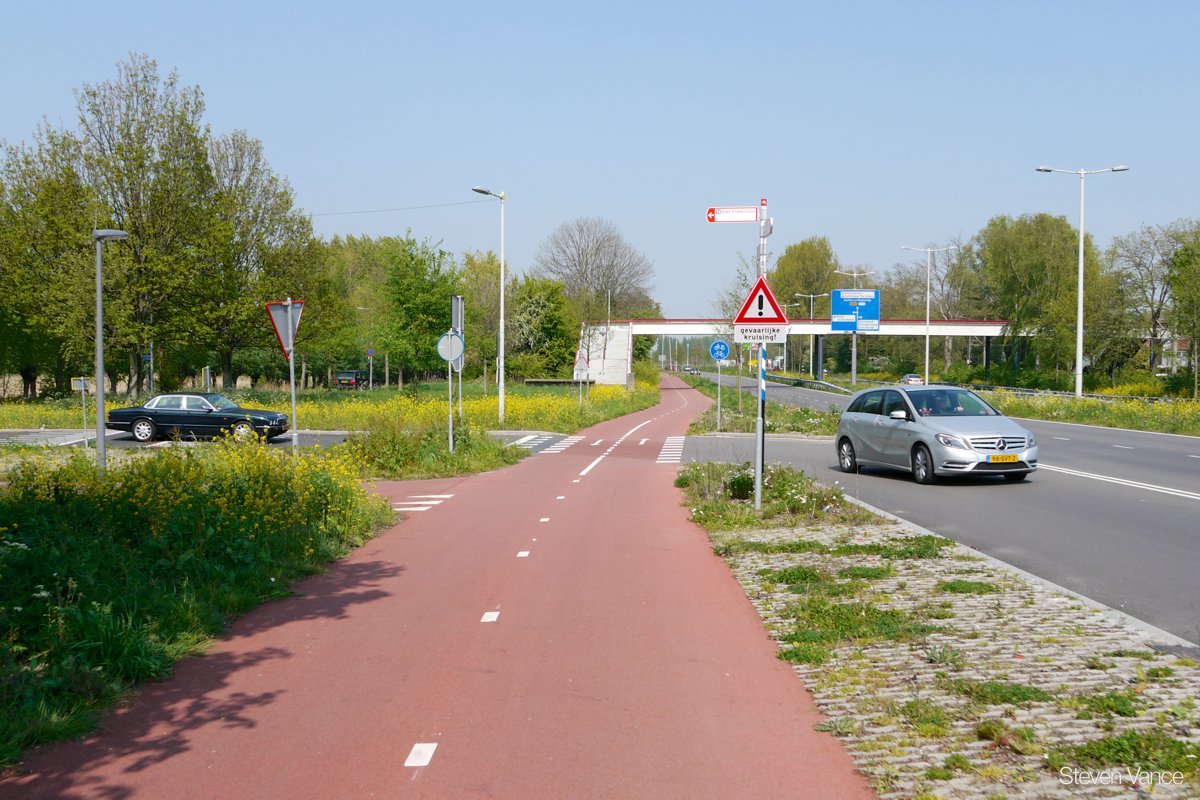
Dutch Intersection by Steven Vance Highways Today
a design which should be copied. Mark tried to demystify how traffic light junctions in the Netherlands worked and he sketched out how Dutch ideas could be applied to the mock-up American junction from NACTO in a video. The object was not to design a real junction.
Dutch intersection CitiesSkylines
1K 39K views 5 years ago This video explains how a typical Dutch intersection functions also for walking and cycling. More information in the blog post: https://bicycledutch.wordpress.com/?p..

Mobility, the Dutch way Troy Planning + Design
protected intersectionprotected junction, also known as a Dutch-style junction, is a type of at-grade road junction in which cyclists and pedestrians are separated from cars. The primary aim of junction protection is to help pedestrians and cyclists be and feel safer at road junctions. [1]
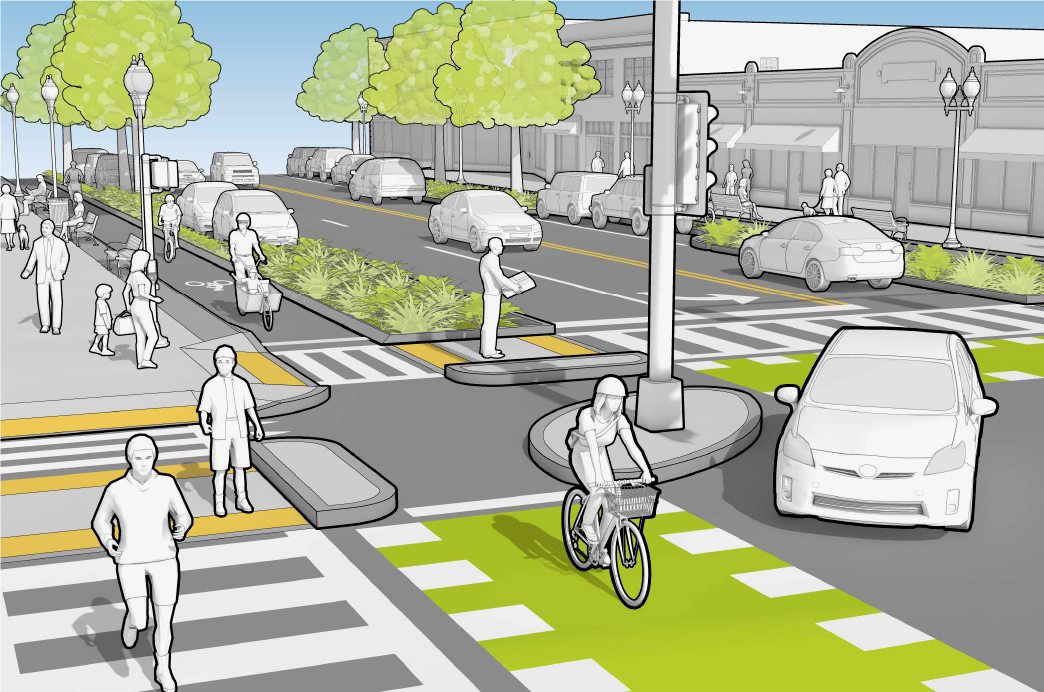
Separated Bike Lanes How a Dutch Intersection Works
Since the 1970s, the Netherlands has achieved an 80% reduction in cyclist's fatality rate and is now, together with Denmark, the safest country in which to ride a bicycle. This paper, structured according to a conceptual framework for road safety, explored which factors and measures explain this achievement. The following conclusions were drawn.

Video How to Design a DutchStyle Protected Intersection Beyond the
Designing large suburban intersections that are safe for people walking and cycling is possible! Protected intersections are a leading way to do it. You'll f.
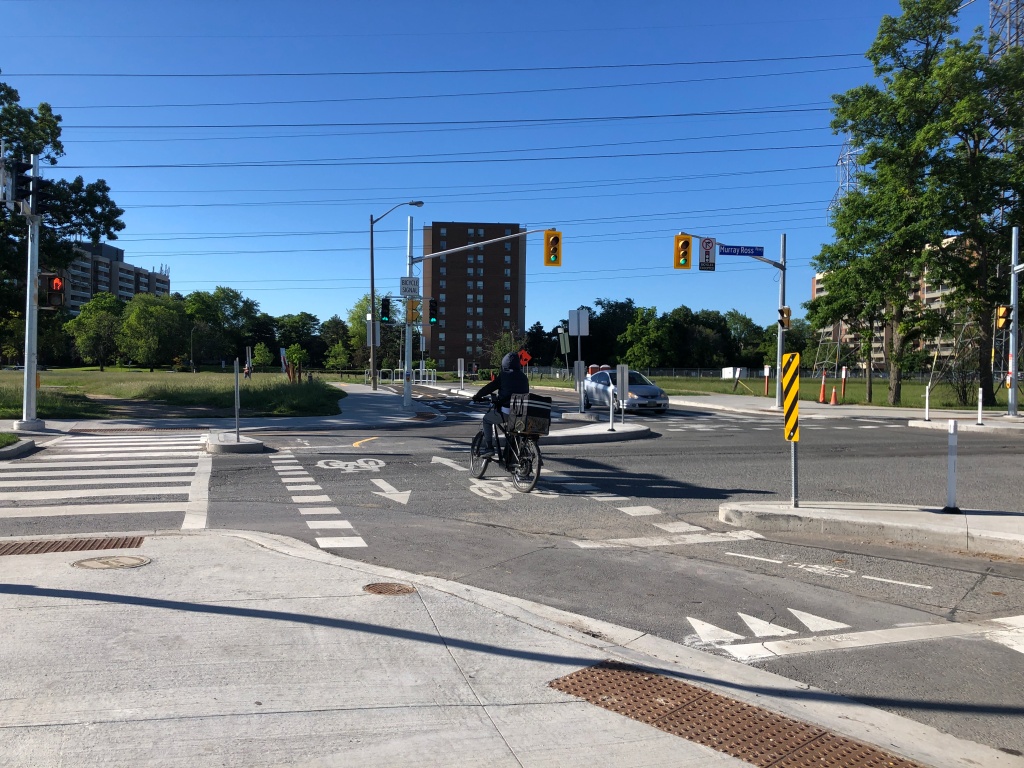
Video How to Design a DutchStyle Protected Intersection Beyond the
Intersections are dangerous for pedestrians and bicyclists. Because they were designed for cars. Even as protected bike lanes increase in number - expanding 600% between 2011 and 2019 - unsafe intersections are enough to discourage bicycling. Intersections that are designed with large turning radii and wide lanes lead to exposure and risk.

Prins Clausplein How the Dutch solved the busy intersection problems
By urbanguy "The so-called Dutch junction offers protection to cyclists at intersections, regardless of whether they're turning left, turning right, or continuing straight. The key to its design are the four islands near each corner of the intersection. They prevent cars from entering the pathway of cyclists turning right.

Typical Dutch intersection and cycling [587] YouTube
While cities work to present a bike friendly and family oriented nature, designers still fall short of keeping bicycles and autos from colliding. But, this innovative protected intersection known as the "Dutch junction" could go the distance in keeping the two apart. As we strive to reduce pollution and dependence on fossil fuels while also.